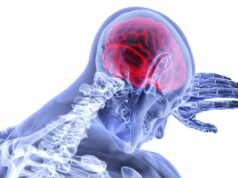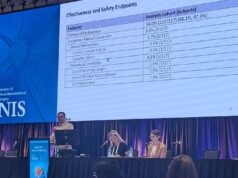The proven imaging techniques in neurology, also referred to as neuroimaging, include technologies such as functional magnetic resonance imaging, diffusion tensor imaging or voxel based morphometry (VMB).
These technologies provide precise images of the structure of the brain and allow doctors to observe the functional processes in the human brain, from cellular changes to processes activated when people act, think and feel.
“We have to learn to understand the central nervous system. That is the only way we can gain insights into the development of diseases and improve treatments,” said Massimo Filippi.
Filippi and his research team presented a study investigating primary progressive multiple sclerosis at the congress. Using diffusion tensor imaging, researchers examined the grey matter in the brain of MS patients. The extent of tissue damage in the thalamus predicting the accumulation of MS related disability five years after was demonstrated.
In another study, scientists assessed “fatigue syndrome”, one of the most common symptoms of MS in patients suffering continual exhaustion. Researchers used VBM to compare MS patients with and without fatigue and matched healthy volunteers.
Results showed that MS patients with fatigue syndrome exhibited more severe grey matter atrophy in several frontal lobe areas of the left hemisphere, than the control groups.
The assumption was based on a study comparing 82 migraine patients with different clinical characteristics. The results showed that grey matter is affected in migraine patients according to the differing characteristics and duration of the disease.
“We have gained interesting insights particularly in the area of early detection and diagnosis of dementia, multiple sclerosis, Parkinson’s, ALS and migraine. We have discovered that the development of dementia in older people can be more precisely predicted on the basis of changes in white matter in the brain,” said Filippi.









